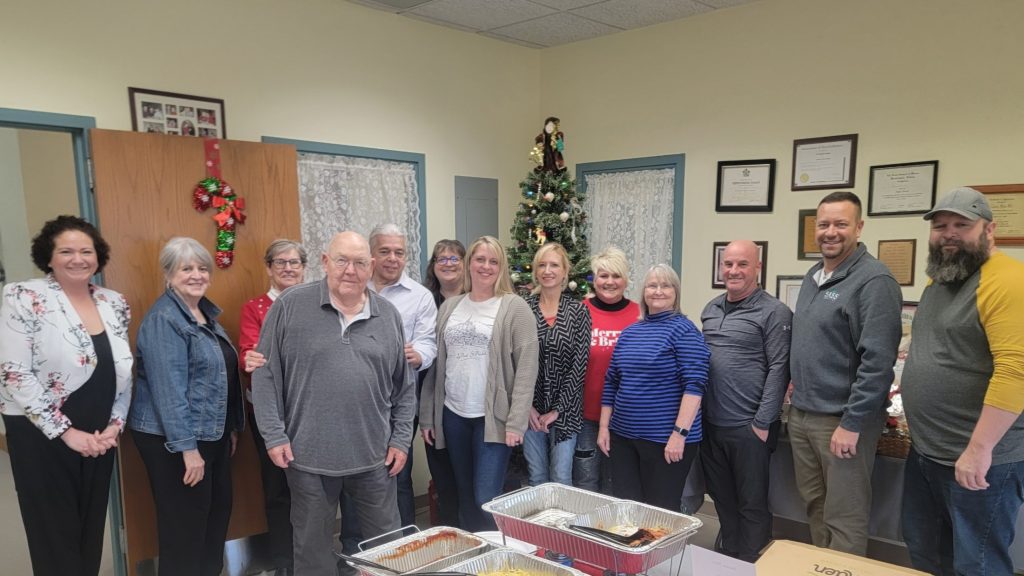I have had the pleasure of being on staff at The SASSI Institute for 22 years. Throughout that time, I have had the opportunity to work closely with many addiction professionals. Their dedication and passion for helping individuals in recovery or in need of recovery have always astonished me.
One of these professionals whom I have known throughout my time at the Institute is Charlie Stookey, MA, LADC, LADC-S. Charlie was a trainer for the SASSI when I started my career at the Institute. He presented training on the earliest versions of the SASSI, having been taught by none other than our late Founder and SASSI creator, Dr. Glenn Miller. Charlie retired from training many years ago, and while we have never met in person, we have stayed in touch over the years, and I am glad to call him a friend. He attended Whitman College and the University of Nevada, Reno, and is currently a substance abuse counselor in Reno, Nevada. Charlie also has a passion for poetry and has been published in the West Coast Poetry Review, Blue Moon, and The Meadow. He believes in the gift of the Wounded Healer and Joseph Campbell’s The Hero’s Journey. I want to share one of his poems with all of you today and encourage you to take the time to read it peacefully.
Charlie asked me to share that he hopes the heroine in Phases of the Moon, finds the beginning of her sober journey in the reflection in the detox mirror. And that she finds the “life that awaits us.” In our groups, we are in a gathering of miracles and he is grateful for the opportunity to sit with them.
Phases of the Moon
The new moon is a cat’s claw in the night sky.
Clint C. Ricketts
Beneath Thunder Moons and Corn Moons, she names
her four rescued cats, Moon Beam,
Moon Light, Moon Shadow, and, of course, Moon Shine.
The phases of the moon
are tattooed on the nape of her neck “to honor the mystery
and permanence of the moon over time.
It’s reliable.” It’s so easy to turn the course of her disease
into the curse of the disease
with its hungry ghosts. No glass Japanese floats lie atop
the scarred nightstand;
but earrings, ER receipts, doubts, matches,
butt ends of relationships.
She regrets the drunken, meth-fueled fights
with her husband,
who later committed suicide. “Killed himself
over…whatever. Me,
all that lottery money, heartache, whatever.”
Moonlight creek sings to
Cottonwoods in the darkness.
Grief waxes and wanes.
When loneliness strikes, she writes lamentations:
Full October moon
Drowns pinpoint constellations.
I miss your bright eyes.
The riptide from the fifth of a gallon a day floods
the road of good intentions.
Its ebb leaves tide pools of anxiety and depression
ripening in a sour stomach.
Each morning’s hangover brings the pounding of relentless reality,
the ever-present eternal goddam now.
Last night’s shame haloes her head in hangover vises.
She pukes. Starts the hands-and-knees
search party for dimes or quarters or pennies for a half-pint
of mercy. She ignores
the snores of an anonymous cowboy under a throw
and the spray of clothes.
She wipes withdrawal’s sweat from her face, swipes
at the brain fog. The riptide
created by her moons leaves an empty curse.
She flings the empty purse
of promises into the furthest corners of cobweb resolve,
another tourist attraction.
When the new moon slides between sun and earth,
the eclipse covers her soul like a shawl.
She peers into the silvered glass of the detox bathroom mirror,
where a stranger greets her.
A shadow of comfort arises when she strokes her new moon,
colored and frozen on her neck


